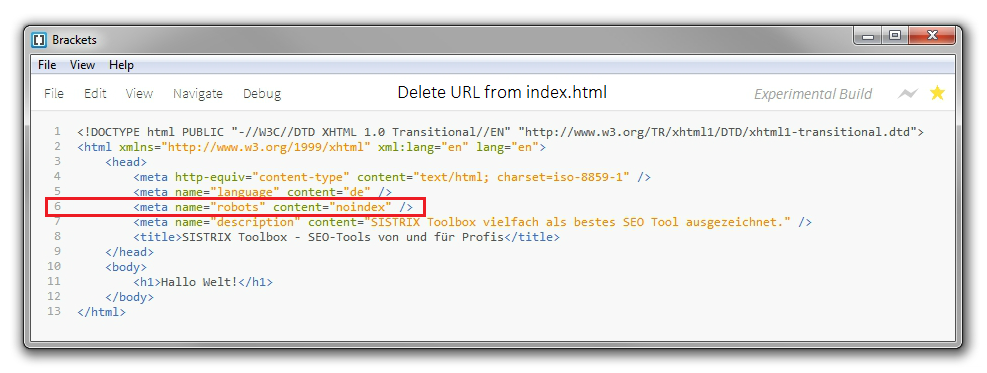a) Oracle Application Express
b) Oracle Database Vault
c) Oracle Warehouse Builder.
These options can be selected while creating database using DBCA. As these options was not available in Oracle Database 10g.
2) Automatic memory management option ( Memory_Target) In Oracle Database 11g, Oracle Database can manage the SGA memory and instance PGA memory completely automatically. You mention only the total memory size to be used by the instance and Oracle Database dynamically exchanges memory between the SGA and the instance PGA as needed to meet processing demands. To do so, you set only a target memory size initialization parameter (MEMORY_TARGET). Typical is the default and it uses MEMORY_TARGET instead of specifying individual values for SGA_TARGET and PGA_AGGREGATE_TARGET. With Custom, you can select PGA and SGA individually.
3) Oracle Data Mining option is made default In Oracle Database 11g, you no longer configure this option through the Database Features screen (Database components) of Database Configuration Assistant. The data mining schema are created when you run the catproc.sql script as the SYS user. While in Oracle 10g, while creating a Custom database using DBCA we need to select the Oracle Data Mining option in the Database components section In Oracle 11g, we need not configure the Data mining option and the data mining schema are created when catproc.sql is executed.
4) ORACLE_BASE and Diagnostic Destination configuration The directory that you specify when you are prompted for ORACLE_BASE by Oracle Universal Installer is stored in the Oracle home inventory. Database Configuration Assistant uses this value to derive the default database locations and the DIAGNOSTIC_DEST parameter. The diagnostic destination location contains all ADR directories (diagnostic files such as Alert logs and so on). Starting with Oracle Database 11g Release 1 (11.1), the initialization parameter settings for background dump, user dump, and core dump destinations are replaced by the Diagnostic Destination. The DIAGNOSTIC_DEST initialization parameter specifies the directory where diagnostics for an instance are located. The structure of the directory specified by DIAGNOSTIC_DEST is as follows:
This location is known as the Automatic Diagnostic Repository (ADR) Home.
5) Secure database configuration Oracle Database 11g has new defaults for audit and password profiles. Database Configuration Assistant has a new screen to enable the new security settings during the database creation and existing database configuration.
During Database creation, dbca gives the following 2 options:
- Keep the enhanced 11g default security settings(recommended)
- Revert to pre-11g default security settings Under second option( pre-11g settings), there are 2 categories,
-Revert Audit settings to pre-11g defaults
-Revert password profile settings to pre-11g defaults
You can choose any or both of these 2.
Audit settings:
Oracle recommends that you enable these default security settings. When you enable the default security settings, Oracle Database audits some of the security-relevant SQL statements and privileges. It also sets the AUDIT_TRAIL initialization parameter to DB. Oracle Database audits the AUDIT ROLE SQL statement by default. The privileges that are audited by default are as follows:
ALTER ANY PROCEDURE/TABLE
ALTER DATABASE/PROFILE/SYSTEM/USER
AUDIT ROLE BY ACCESS AUDIT SYSTEM
AUDIT SYSTEM BY ACCESS
CREATE SESSION/USER
CREATE ANY JOB/LIBRARY/PROCEDURE
CREATE ANY TABLE EXEMPT ACCESS POLICY
CREATE EXTERNAL JOB
CREATE PUBLIC DATABASE LINK
DROP PROFILE/USER
DROP ANY TABLE/PROCEDURE
GRANT ANY PRIVILEGE/ROLE
GRANT ANY OBJECT PRIVILEGE
Oracle Database also audits all privileges and statements BY ACCESS in one statement. If you are concerned that the auditing of these statements and privileges will adversely affect your applications, you can disable this auditing in the Security Settings window of Database Configuration Assistant.
6) Switching a database from Database Control to Grid Control configuration In previous releases, Database Configuration Assistant contained functionality to configure a database either with Database Control or with Grid Control. You could configure a database either while creating it or later. However, reconfiguring a database from Database Control to Grid Control required significant manual effort. With Oracle Database 11g, Database Configuration Assistant provides the Enterprise Manager Configuration plug-in, which automates the process to switch configuration of a database from Database Control to Grid Control.
7) Automatic Maintenance tasks
This option is added in 11g and comes in at the time of the database creation. Oracle Database 11g provides the ability to automatically manage maintenance tasks such as optimizer statistics collection and proactive advisor reports. These tasks are run in a predefined maintenance window and their CPU consumption is throttled to prevent them from interfering with normal user work. The default maintenance windows are 10:00 PM - 2:00 AM on weekdays. And all weekend long. These defaults can be changed using Enterprise Manager at any time.
I hope this will be helpful information to all. The above notes is prepared with the help of metalink


No comments:
Post a Comment